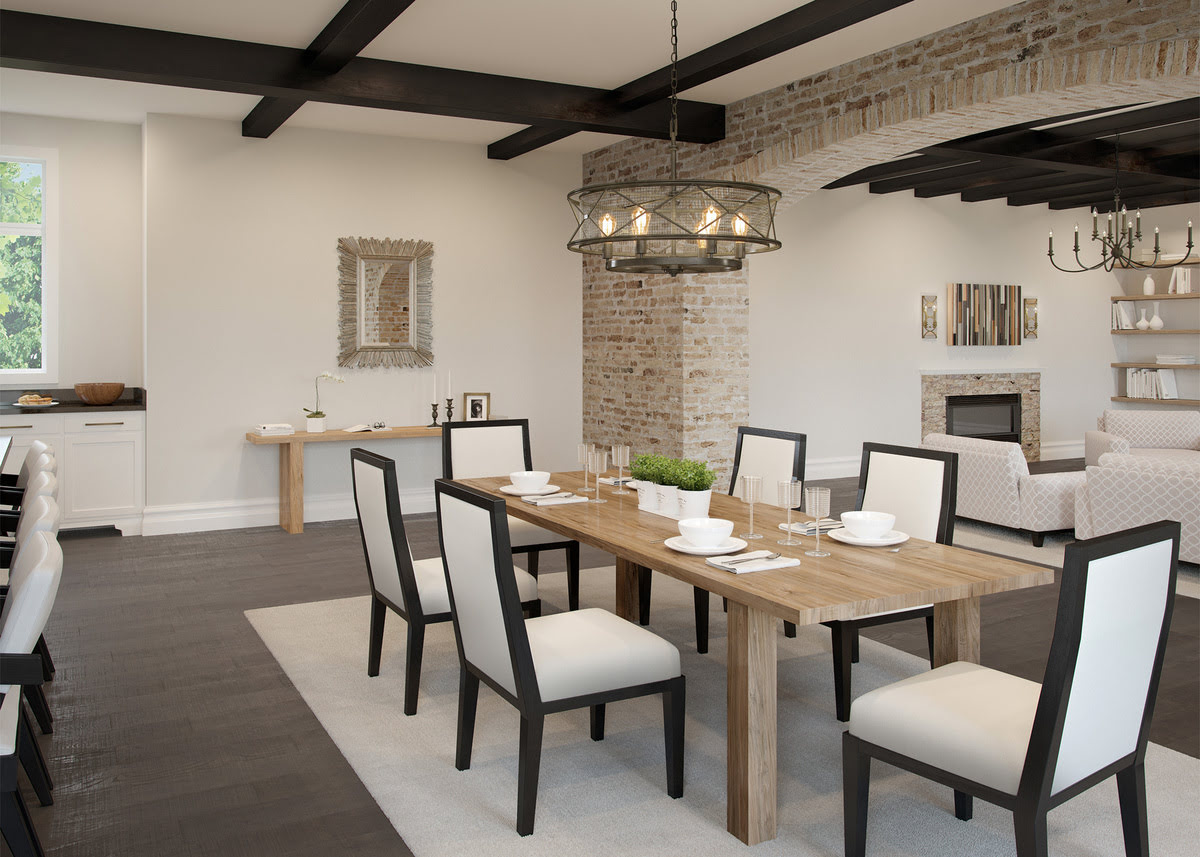

Furniture
What Size Chandelier For A Dining Room
Modified: January 9, 2024
Discover the perfect size chandelier for your dining room furniture. Elevate the ambiance with a statement piece that complements your space beautifully.
(Many of the links in this article redirect to a specific reviewed product. Your purchase of these products through affiliate links helps to generate commission for Storables.com, at no extra cost. Learn more)
Introduction
When it comes to designing a dining room, one of the most important elements to consider is the lighting. And what better way to make a statement and add a touch of elegance than with a chandelier?
A chandelier serves as both a functional light source and a stunning centerpiece, instantly elevating the style and ambiance of your dining space. However, choosing the right size chandelier for your dining room can be a daunting task.
In this article, we’ll guide you through the factors to consider when determining the ideal chandelier size for your dining room. From ceiling height and dining room size to table dimensions and design preferences, we’ll equip you with the knowledge to make an informed decision.
So, if you’re ready to shed some light on the matter, let’s dive in!
Key Takeaways:
- Choose a chandelier size based on ceiling height, dining room size, and table dimensions to create a visually balanced and harmonious dining space.
- Consider the style and design of your dining room when selecting a chandelier, ensuring it complements the overall aesthetic and enhances the ambiance.
Factors to Consider
Before we dive into the specifics of chandelier sizing, let’s discuss the key factors you need to consider when choosing the perfect chandelier for your dining room. These factors will ensure that your chandelier not only fits the space but also complements the overall design.
1. Ceiling Height: The height of your ceiling plays a crucial role in determining the size of your chandelier. Higher ceilings can accommodate larger chandeliers that make a bold statement, while lower ceilings require more compact designs to avoid overwhelming the space. Additionally, consider any other architectural features, such as beams or moldings, that may affect the placement of your chandelier.
2. Dining Room Size: The size of your dining room will also dictate the scale of your chandelier. For smaller dining rooms, opt for a chandelier that is proportional to the space, allowing for comfortable movement around the dining table. In larger dining rooms, you have more flexibility to choose a larger chandelier that can fill the space and create a focal point.
3. Table Size: Another important consideration is the size of your dining table. Your chandelier should be in proportion to the table to create a visually balanced look. As a general guideline, the diameter of the chandelier should be about half to two-thirds the width of the table. Make sure to measure your table accurately, including any extensions, to determine the appropriate chandelier size.
4. Style and Design: The style and design of your dining room, as well as your personal preferences, should also influence your chandelier choice. Consider the overall theme of your dining space and select a chandelier that complements the existing decor. Whether it’s modern, traditional, rustic, or eclectic, there are countless chandelier styles to choose from to match your aesthetic.
By taking these factors into account, you can ensure that your chandelier not only fits the physical dimensions of your dining room but also enhances its overall atmosphere and style.
Ceiling Height
When determining the size of your chandelier, one of the first factors to consider is the height of your ceiling. Ceiling height plays a vital role in creating the right proportions and visual impact for your dining room.
If you have high ceilings, you have the advantage of being able to choose a larger and more extravagant chandelier. A tall ceiling allows for a chandelier with multiple tiers or a design that extends downward, creating a dramatic focal point in the room. Just be sure to maintain a balance by considering the overall scale of the space and the size of your dining table.
On the other hand, if you have low ceilings, it’s essential to choose a more compact chandelier that won’t overwhelm the space or impede the flow of movement. Consider flush or semi-flush mount chandeliers that sit close to the ceiling, as they provide ample lighting without sacrificing headroom.
It’s worth noting that if you have exceptionally low ceilings, a chandelier might not be the best fit for your dining room. Instead, consider alternative lighting options such as pendant lights or recessed lighting that will provide adequate illumination while preserving the spatial integrity of the room.
Additionally, take into account any architectural features in your dining room that could affect the placement of the chandelier, such as beams or moldings. Ensure that there is enough clearance between the chandelier and any surrounding objects to prevent any visual or physical obstructions.
Ultimately, the goal is to find the right balance between the ceiling height and the size of your chandelier to create a visually pleasing composition that complements the overall design of your dining room.
Dining Room Size
The size of your dining room is another crucial factor to consider when choosing the size of your chandelier. The size of the room will determine the appropriate scale for your lighting fixture and ensure that it doesn’t overpower or get lost in the space.
In a small dining room, it’s important to select a chandelier that is proportionate to the size of the room. Opting for a chandelier that is too large can make the space feel cramped and overwhelming. Instead, choose a compact design that provides adequate lighting while maintaining a sense of openness and comfort. Consider options such as mini chandeliers or crystal pendant lights that can deliver a touch of elegance without overwhelming the space.
For larger dining rooms, you have the freedom to explore bigger and more elaborate chandelier options. A larger chandelier can create an impressive focal point, complement the size of the room, and enhance the overall aesthetic. Be mindful of the dimensions and layout of the dining room to ensure that the chandelier doesn’t extend beyond the boundaries of the space or obstruct any functional elements.
Remember to also consider the other pieces of furniture in the room, such as sideboards or buffets. Allow enough space between these elements and the chandelier to create a balanced and harmonious arrangement.
It’s essential to strike the right balance between the size of the room, the size of the chandelier, and the dining table dimensions. A general guideline is to choose a chandelier with a diameter that is about one-half to two-thirds of the width of the table. This proportion ensures that the chandelier remains the focal point while leaving ample room for comfortable seating and movement around the table.
By considering the size of your dining room, you can select a chandelier that enhances the space and creates a harmonious balance between the lighting fixture and the overall room design.
Table Size
The size of your dining table is a vital consideration when determining the appropriate size of your chandelier. The chandelier should be in proportion to the table to create a visually balanced and harmonious look.
As a general guideline, the diameter of the chandelier should be approximately one-half to two-thirds the width of the table. This proportion ensures that the chandelier remains the focal point without overpowering the table or the surrounding space.
If your dining table is relatively small, choosing a chandelier that is too large can make the table seem crowded and visually disproportionate. In this case, consider a smaller or medium-sized chandelier that provides sufficient lighting while allowing for comfortable conversation and movement around the table.
On the other hand, if you have a large dining table, you can opt for a more substantial chandelier that fills the space and makes a statement. Consider a larger chandelier with multiple tiers or a grand design that complements the size and style of the table.
It’s important to measure your dining table accurately, taking into account any extensions or leaves that you may use. Include these dimensions when determining the appropriate size of your chandelier to ensure a proper fit and proportion.
Another factor to consider is the shape of your dining table. For rectangular or oval tables, a linear chandelier that spans the length of the table can create a visually pleasing effect. For square or round tables, a single pendant or a semi-flush mount chandelier can provide an elegant touch without overwhelming the table.
Remember to leave enough clearance between the chandelier and the tabletop to maintain functionality and prevent any accidental bumps or obstructions. Typically, a distance of 30 to 36 inches between the bottom of the chandelier and the tabletop is recommended.
By considering the size and shape of your dining table, you can select a chandelier that complements the table and enhances the overall aesthetic of your dining room.
When choosing a chandelier for a dining room, a general rule is to select one that is about half the width of the dining table. This will help ensure the chandelier is proportionate to the space and provides adequate lighting.
Read more: What Size Chandelier Over A Dining Table
Style and Design
When choosing a chandelier for your dining room, it’s important to consider the style and design of both the chandelier and the overall room. The chandelier should complement the existing decor and enhance the ambiance of the space.
First, consider the overall theme or style of your dining room. Is it modern and minimalist, traditional and elegant, rustic and cozy, or eclectic and unique? The chandelier should align with the style of the room to create a cohesive and visually pleasing design.
If your dining room has a modern or contemporary aesthetic, look for chandeliers with clean lines, sleek designs, and materials like glass or metal. Opt for minimalist or geometric shapes that will add a touch of sophistication without overpowering the space.
For a more traditional or formal dining room, consider chandeliers with intricate details, such as crystal accents or ornate metalwork. Look for classic styles like candle-style chandeliers or chandeliers with shades that evoke a sense of elegance and timeless beauty.
If your dining room has a rustic or farmhouse-inspired decor, explore chandeliers made from natural materials like wood or wrought iron. Look for designs that evoke a sense of warmth and coziness, such as chandeliers with exposed bulbs or lantern-style fixtures.
For an eclectic or unique dining room, don’t be afraid to choose a chandelier that makes a bold statement. Consider oversized or unconventional designs that reflect your personal style and add a sense of drama and personality to the space.
When selecting the finish of the chandelier, consider the existing hardware and fixtures in your dining room. If you have brushed nickel or chrome accents, a chandelier with a matching finish can create a cohesive look. Alternatively, a contrasting finish can add visual interest and make the chandelier stand out as a focal point.
Remember that the chandelier should not only be visually appealing on its own, but it should also harmonize with the surrounding elements in the room. Think about how the chandelier will interact with other light fixtures, wall colors, artwork, and furniture pieces to create a balanced and cohesive design.
By considering the style and design of your dining room, you can choose a chandelier that seamlessly integrates into the overall aesthetic and enhances the ambiance of the space.
Types of Chandeliers
Chandeliers come in various styles and designs, each offering a unique aesthetic and ambiance to your dining room. Familiarizing yourself with the different types of chandeliers can help you make an informed decision when selecting the perfect lighting fixture for your space.
1. Crystal Chandeliers: Crystal chandeliers are classic and timeless, known for their luxurious and elegant appeal. These chandeliers feature numerous crystal prisms or beads that refract light, creating a dazzling and glamorous effect. Crystal chandeliers are suitable for both traditional and modern dining rooms, adding a touch of opulence and sophistication to the space.
2. Candle-Style Chandeliers: Inspired by traditional candle-lit chandeliers, these fixtures feature candle-shaped light bulbs or holders. Candle-style chandeliers can evoke a nostalgic and romantic atmosphere, making them a popular choice for vintage or rustic-themed dining rooms. They are available in various finishes, from simple wrought iron designs to more ornate and decorative styles.
3. Modern/Contemporary Chandeliers: Modern and contemporary chandeliers break traditional design conventions, featuring sleek lines, geometric shapes, and innovative materials. These chandeliers often incorporate elements like glass, metal, or even unconventional materials like acrylic or fabric. Modern chandeliers are ideal for dining rooms with a minimalist or avant-garde aesthetic.
4. Beaded Chandeliers: Beaded chandeliers are characterized by strands of beads or pearls, which can be made from materials like wood, crystal, or glass. They add a touch of whimsy and texture to your dining room and are available in a variety of styles, from bohemian and beachy to elegant and sophisticated.
5. Rustic/Farmhouse Chandeliers: Rustic and farmhouse chandeliers embrace natural materials like wood, wrought iron, and rope. These chandeliers often feature a rustic or distressed finish, giving your dining room a cozy and authentic feel. They are perfect for creating a warm and inviting ambiance.
6. Transitional Chandeliers: Transitional chandeliers bridge the gap between traditional and contemporary design styles. These chandeliers offer a blend of classic elegance and modern simplicity, making them versatile and suitable for various dining room aesthetics. They often feature clean lines with subtle ornamentation.
7. Mini Chandeliers: Mini chandeliers are perfect for smaller dining rooms or compact spaces. These scaled-down versions of traditional chandeliers retain the elegance and charm of their larger counterparts while providing a more understated and intimate lighting option.
Each type of chandelier brings its own unique charm and character to your dining room. Consider the style of your dining room and personal preferences when choosing the type of chandelier that best suits your space.
Guidelines for Chandelier Size
Choosing the right size chandelier for your dining room can be a daunting task, but there are some general guidelines you can follow to ensure a proper fit and proportion. Keep these guidelines in mind when selecting the size of your chandelier:
1. Dining Room Size: As mentioned earlier, the size of your dining room plays a significant role in determining the scale of your chandelier. For a small dining room, consider a more compact chandelier that allows for comfortable movement around the table. In a larger dining room, you have more flexibility to choose a larger chandelier that fills the space and creates a focal point.
2. Table Size: The size of your dining table is a crucial factor when choosing the diameter of your chandelier. As a general guideline, the chandelier’s diameter should be approximately one-half to two-thirds the width of the table. This proportion ensures that the chandelier remains a focal point without overpowering the table or the room.
3. Height: Consider the height of your ceiling when determining the height of your chandelier. Allow enough clearance between the bottom of the chandelier and the tabletop to maintain functionality and prevent any obstructions. Typically, a distance of 30 to 36 inches between the chandelier and the tabletop is recommended.
4. Number of Bulbs: Take into account the number of bulbs in the chandelier. More bulbs can create a brighter and more dramatic effect, but they can also increase the overall size and weight of the chandelier. Consider the amount of light you need in your dining room and choose a chandelier with an appropriate number of bulbs.
5. Visual Balance: Your chandelier should create a visually balanced composition with the rest of the room. Consider the size and style of other furniture pieces, decor, and architectural elements in the dining room. Ensure that the chandelier complements the overall aesthetic of the space without overpowering or getting lost in the room.
Remember that these guidelines are not rigid rules but rather a starting point to help you make an informed decision. It’s essential to consider the specific dimensions and layout of your dining room, as well as your personal preferences and style, when selecting the size of your chandelier.
Lastly, trust your instincts and choose a chandelier that you truly love and feel confident will add elegance and charm to your dining room. After all, the perfect chandelier is not just about size but also about creating a welcoming and captivating ambiance for your dining experience.
Conclusion
Choosing the right size chandelier for your dining room is essential to create a visually appealing and harmonious space. By considering factors such as ceiling height, dining room size, table dimensions, and style preferences, you can make an informed decision when selecting the perfect chandelier.
Remember that ceiling height plays a significant role in determining the scale of your chandelier. High ceilings can accommodate larger and more extravagant designs, while low ceilings require more compact options to avoid overwhelming the space.
Take into account the size of your dining room and dining table when choosing the diameter of your chandelier. The chandelier should be proportionate to the room and provide sufficient lighting without overpowering the table or the surrounding space.
Consider the style and design of your dining room when selecting a chandelier. Choose a chandelier that complements the overall aesthetic and enhances the ambiance of the space, whether it’s modern, traditional, rustic, or eclectic.
Be aware of the different types of chandeliers available, such as crystal chandeliers, candle-style chandeliers, modern/contemporary designs, and rustic/farmhouse styles. Each type offers a unique look and ambiance, allowing you to find a chandelier that suits your personal taste.
Lastly, follow the guidelines for chandelier size as a starting point, considering the dimensions of your dining room and your own preferences. Remember that these guidelines are not strict rules but rather suggestions to help you create a visually balanced and captivating dining space.
By taking these considerations into account and trusting your instincts, you can select a chandelier that becomes the centerpiece of your dining room, adding elegance, charm, and the perfect amount of illumination for memorable dining experiences.
Frequently Asked Questions about What Size Chandelier For A Dining Room
Was this page helpful?
At Storables.com, we guarantee accurate and reliable information. Our content, validated by Expert Board Contributors, is crafted following stringent Editorial Policies. We're committed to providing you with well-researched, expert-backed insights for all your informational needs.
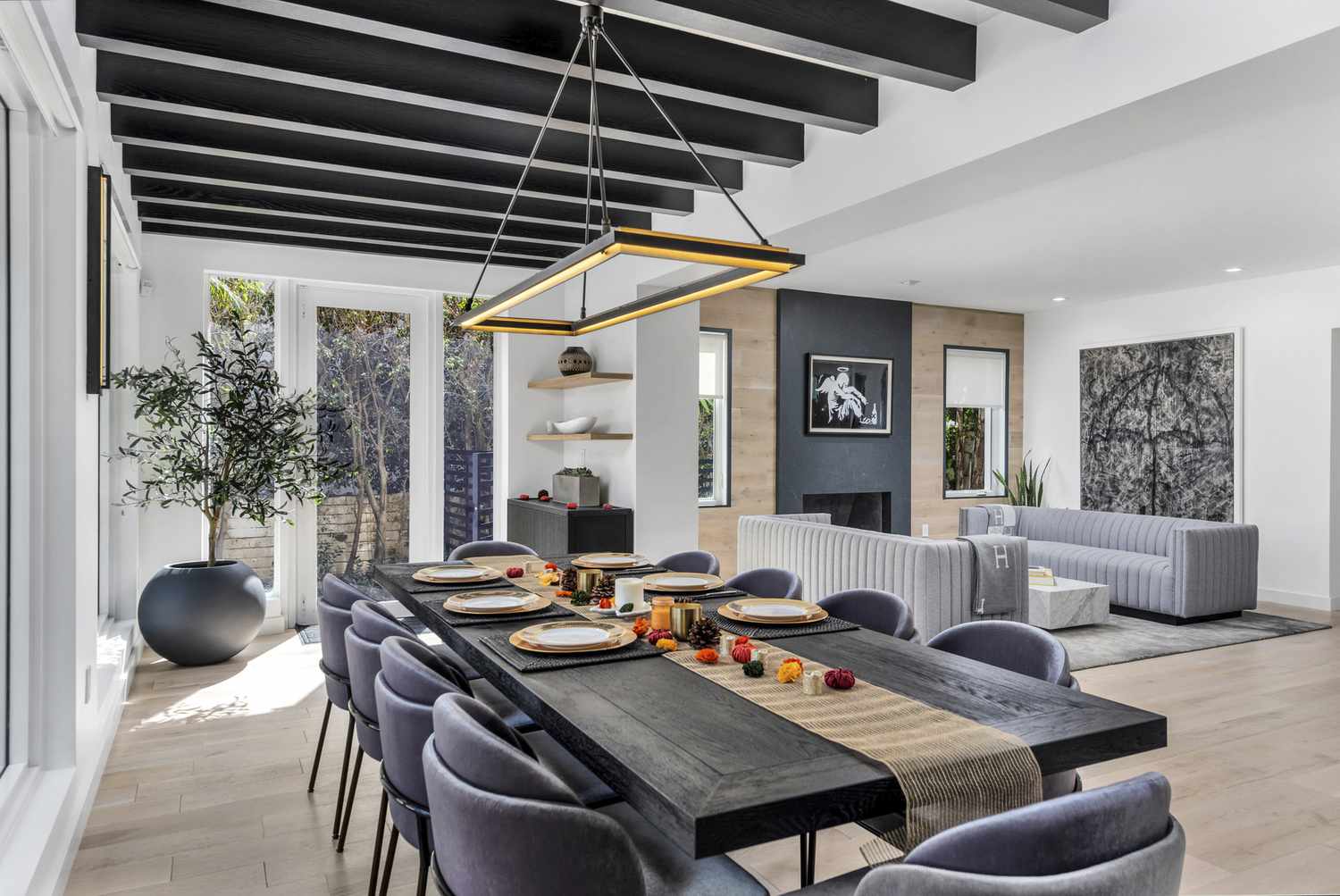
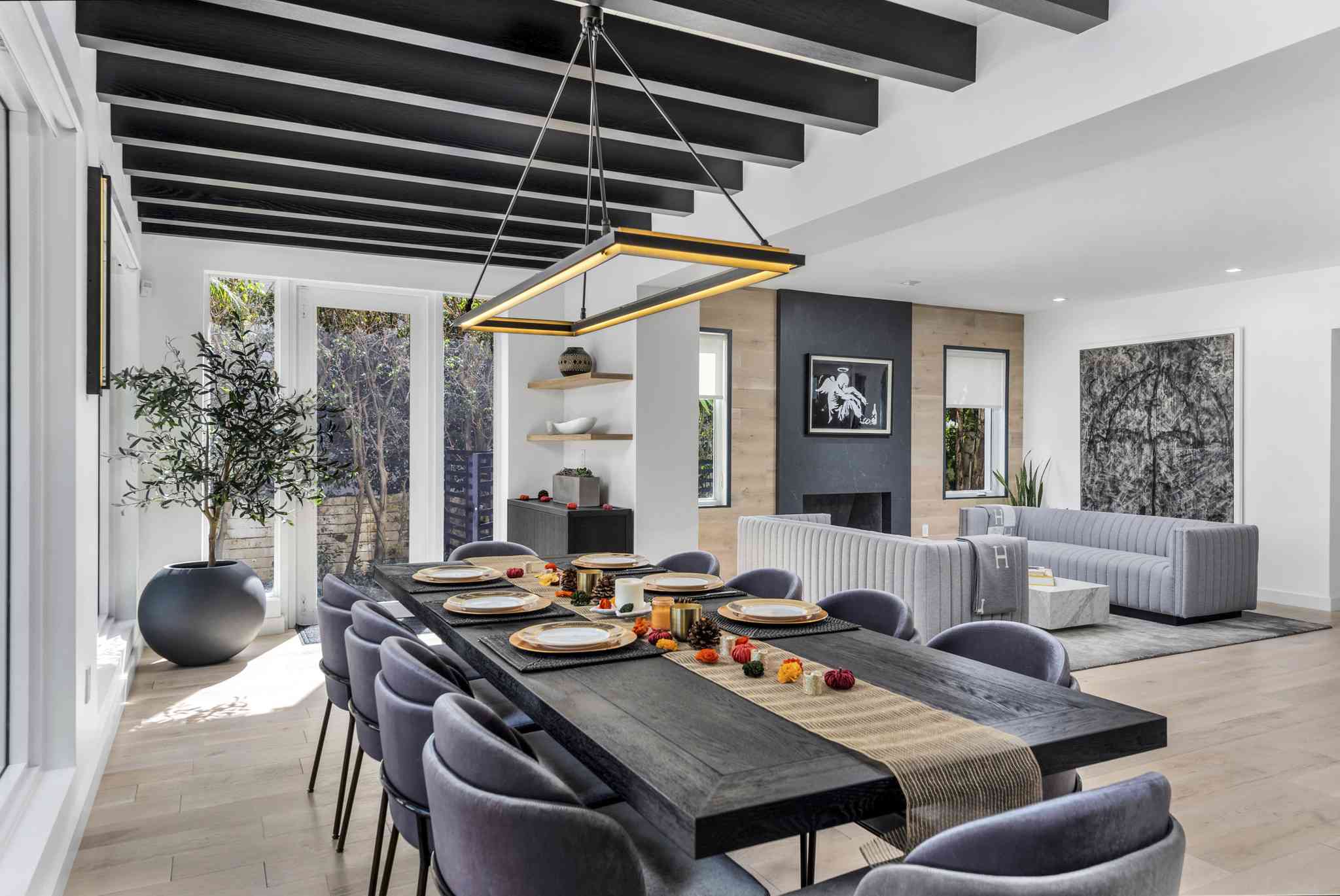
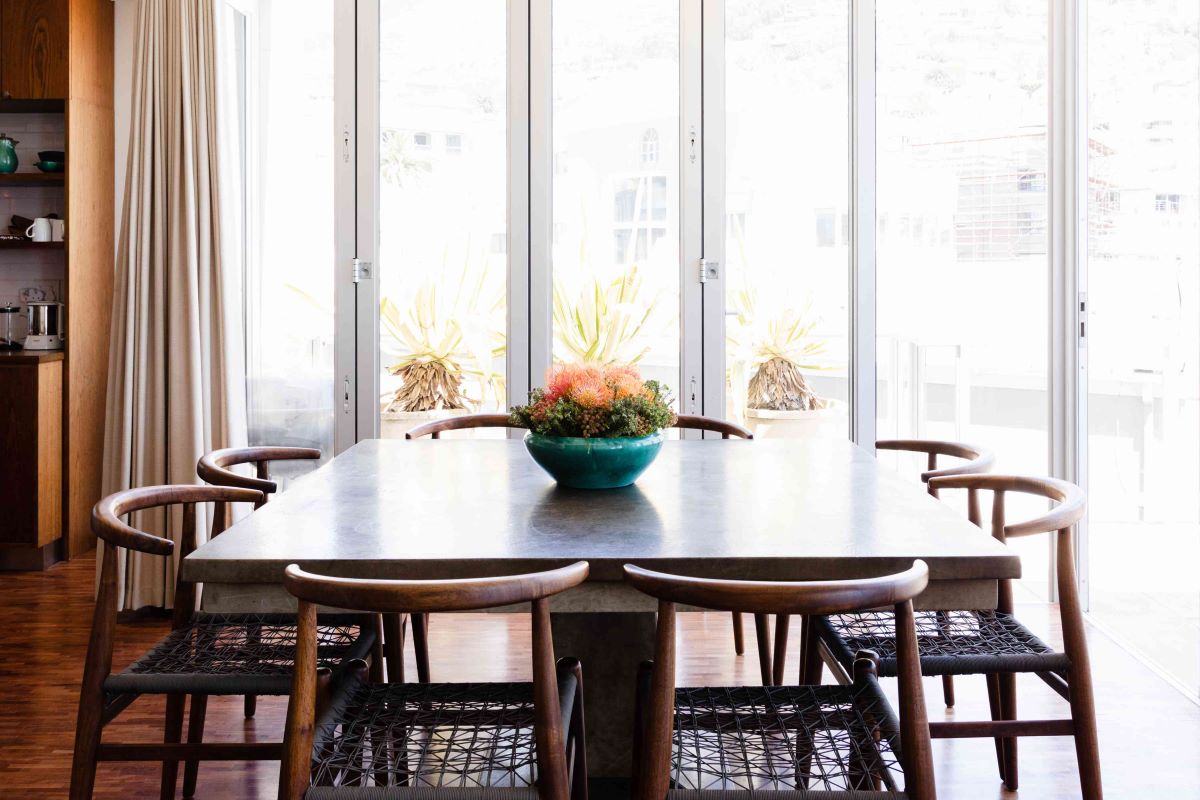
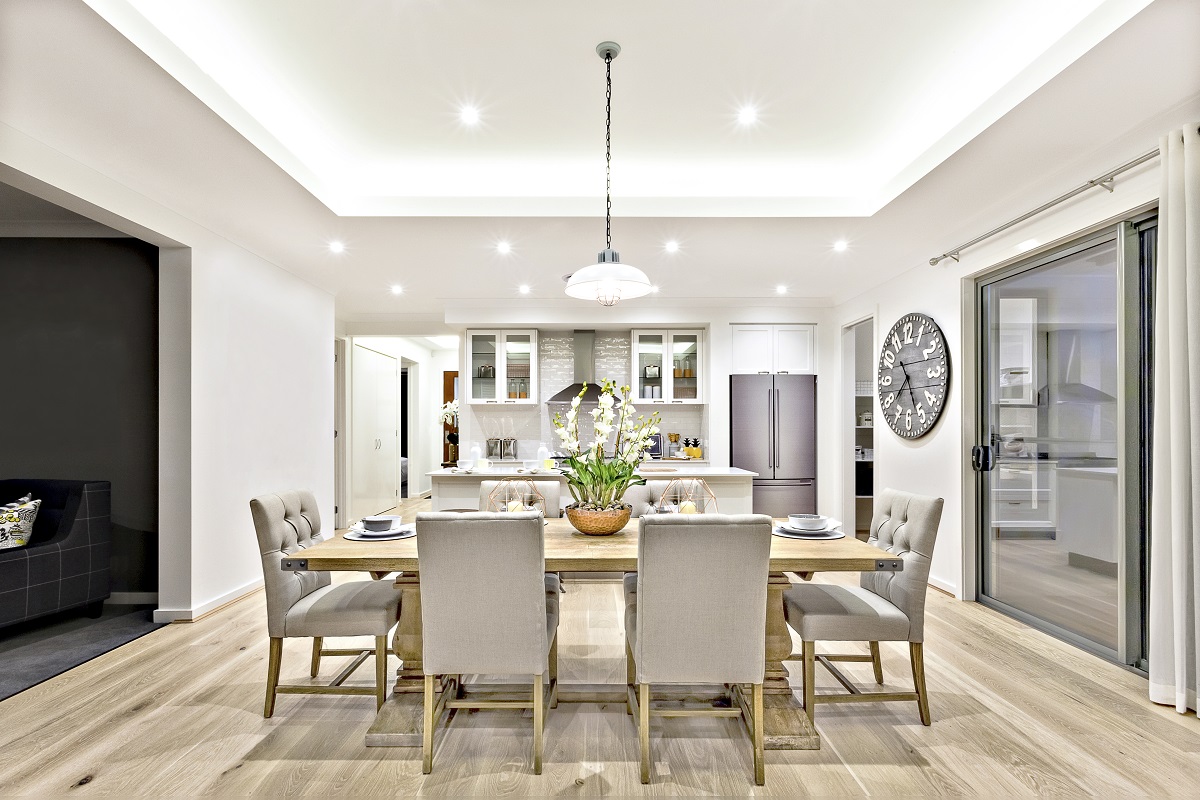
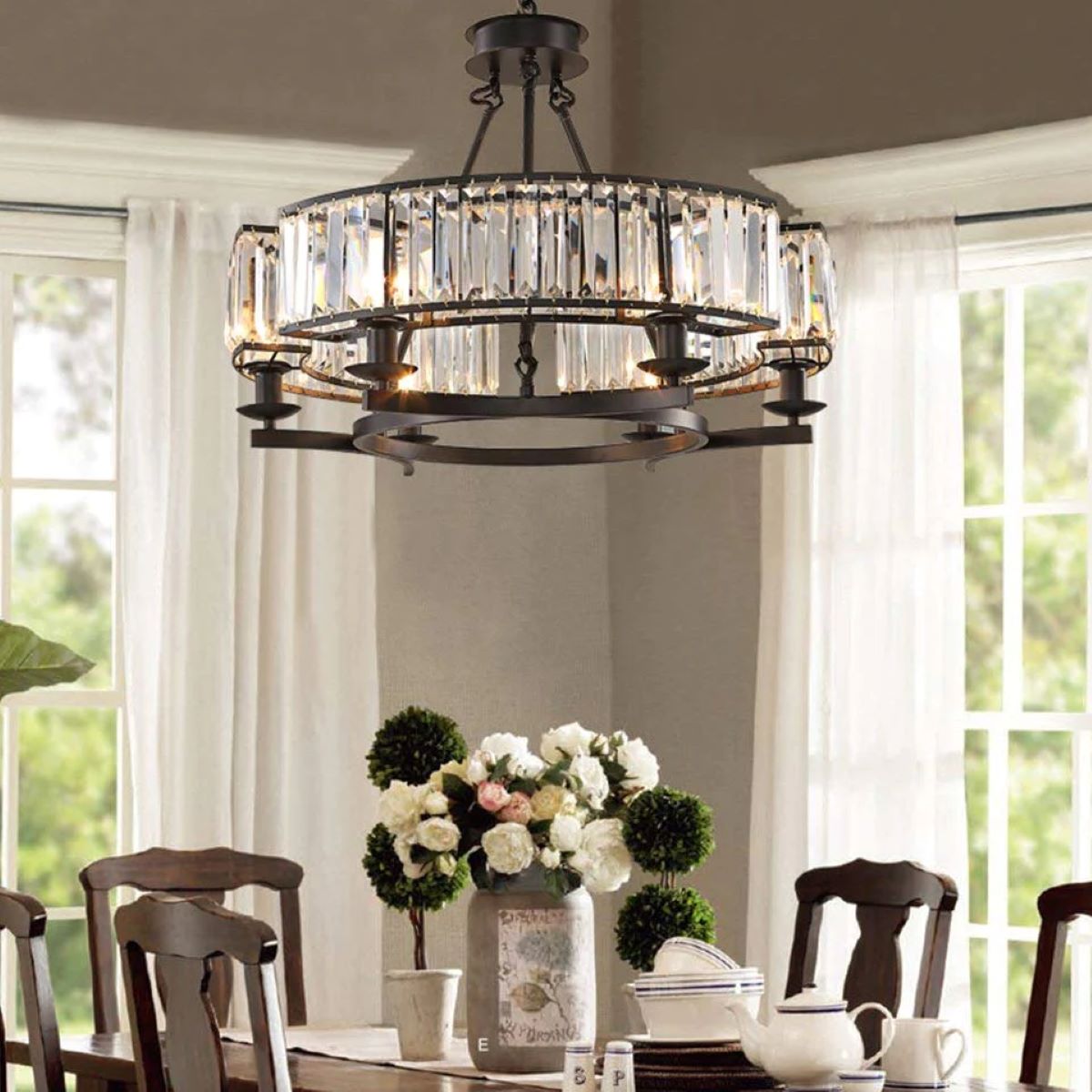
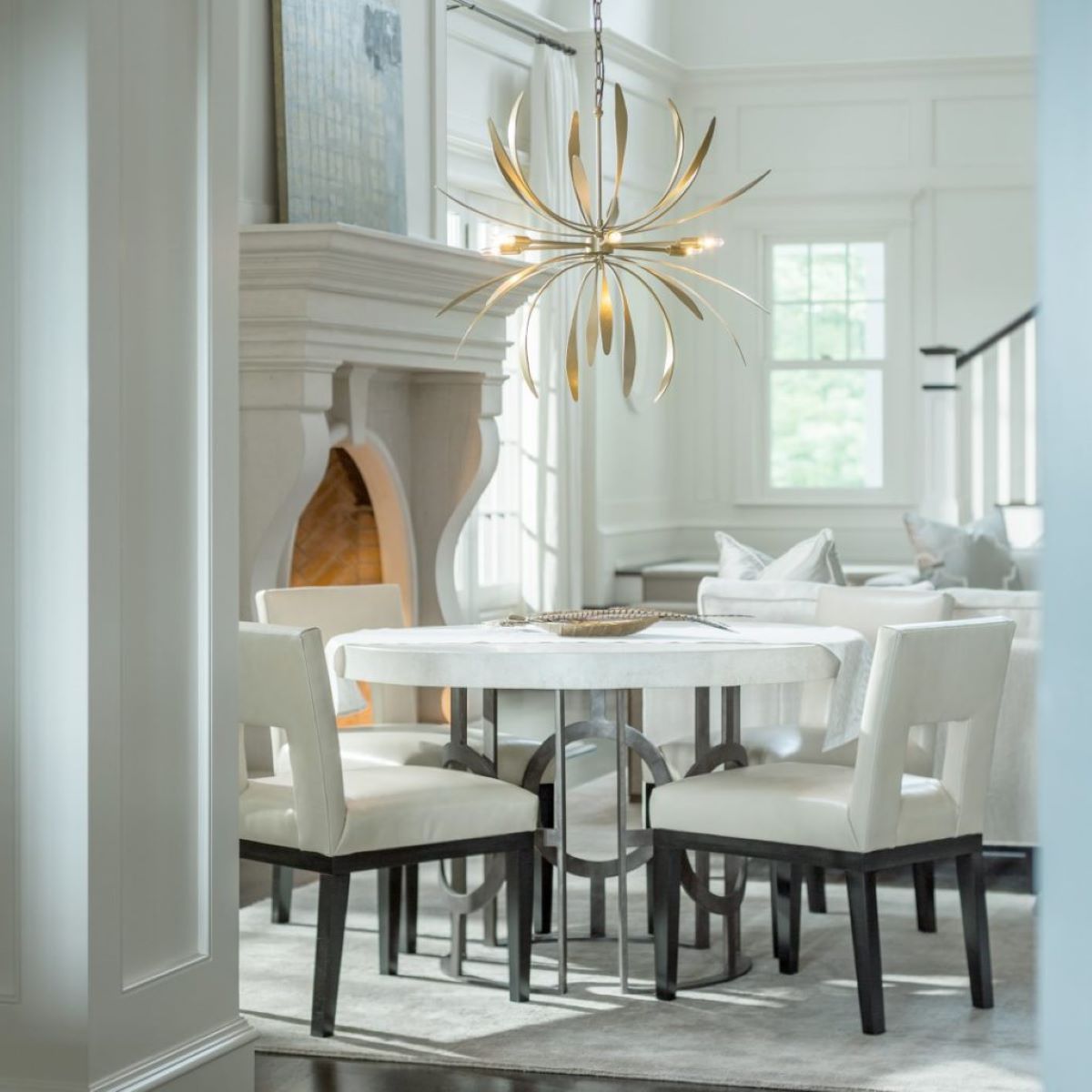
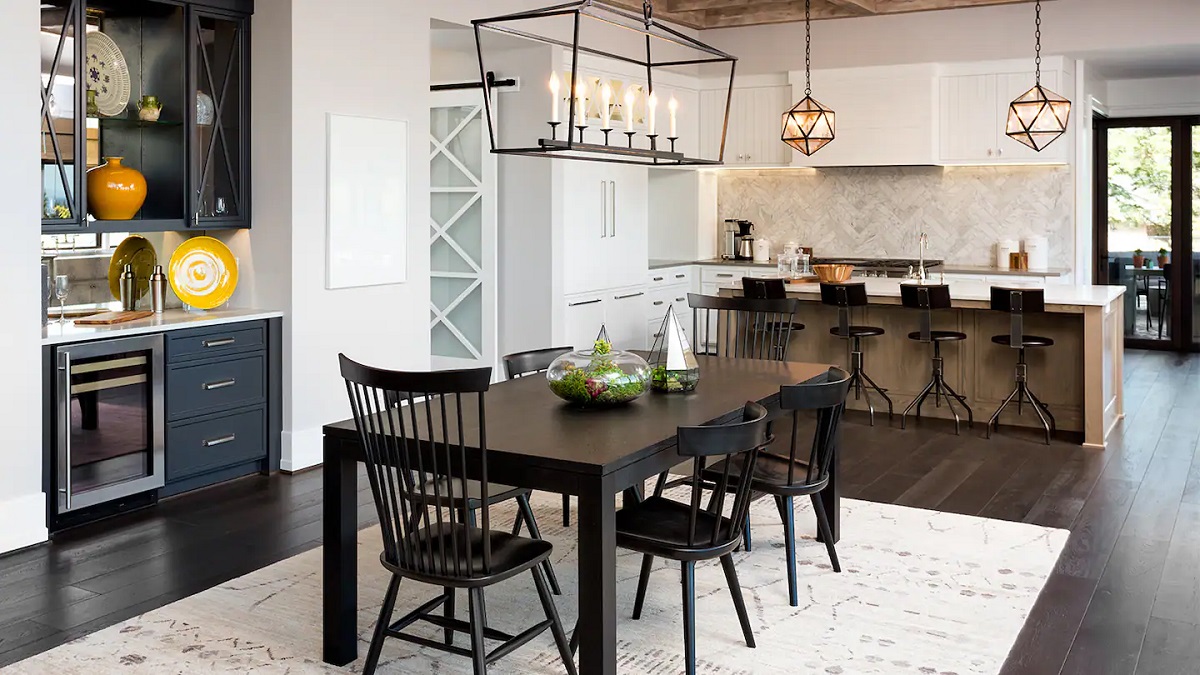
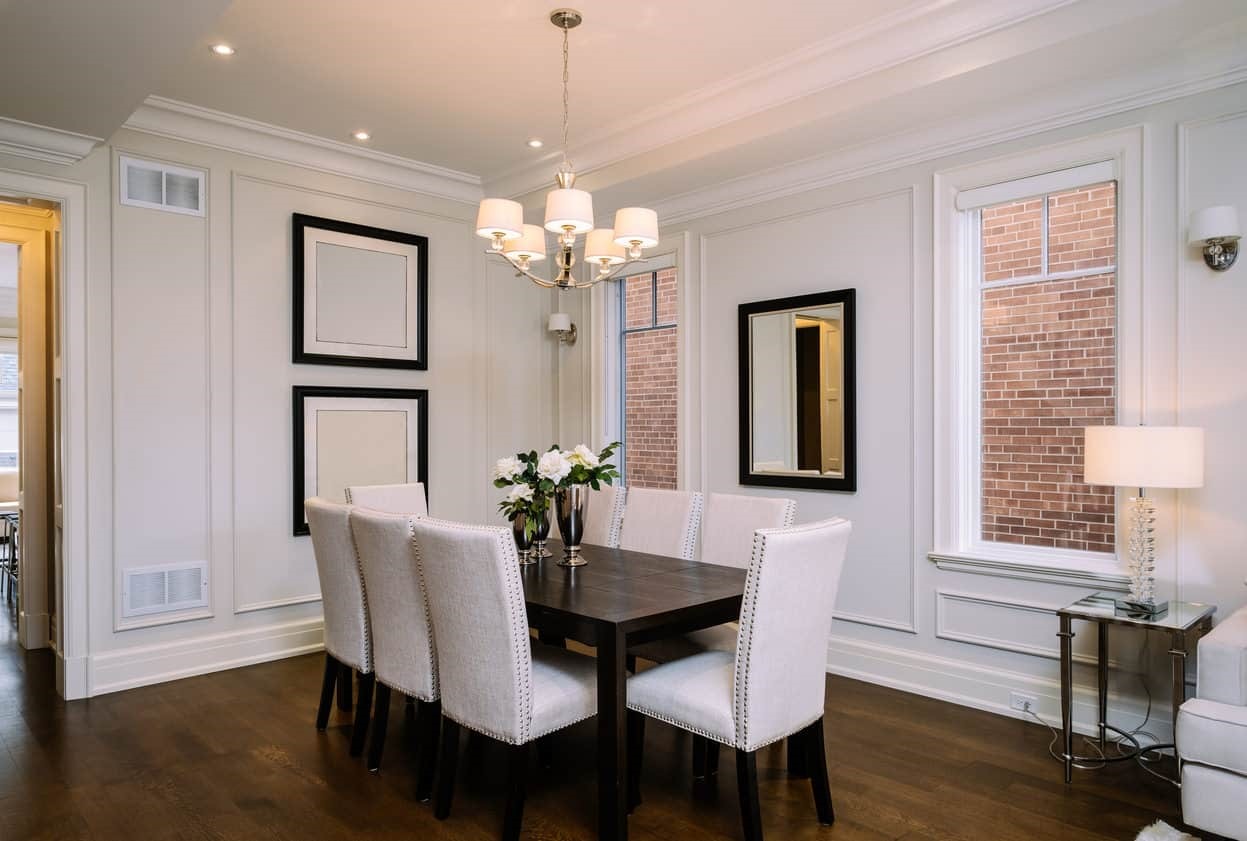
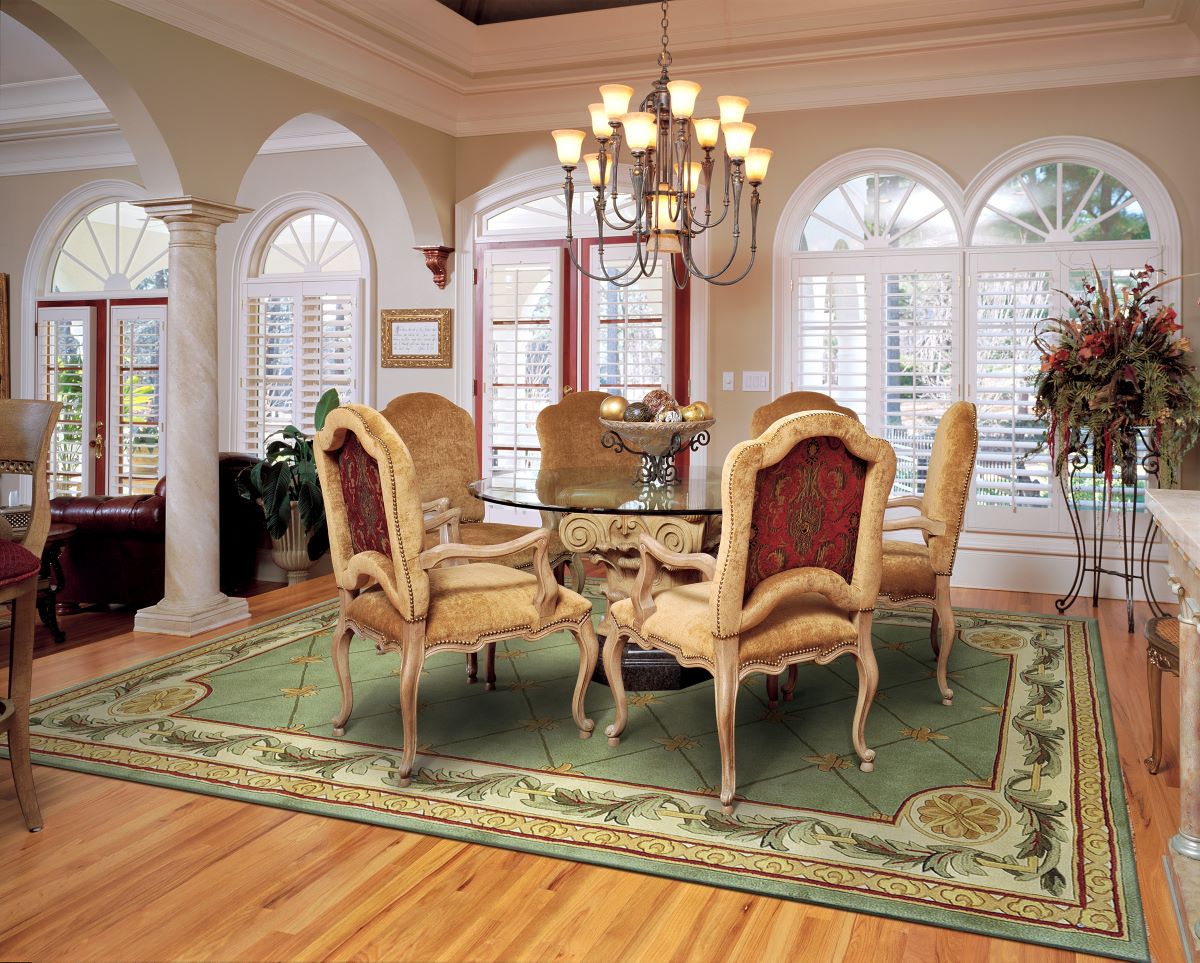
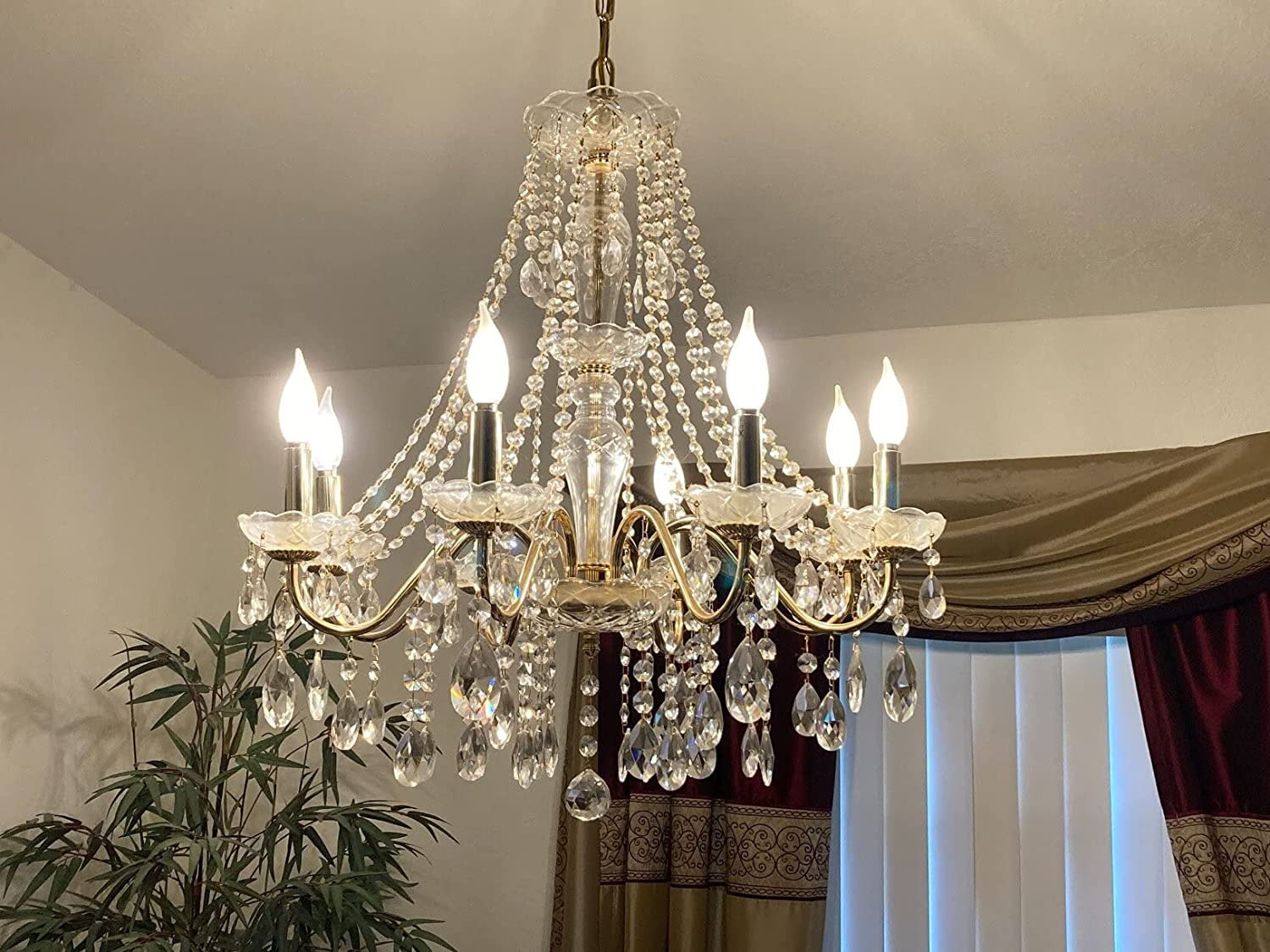

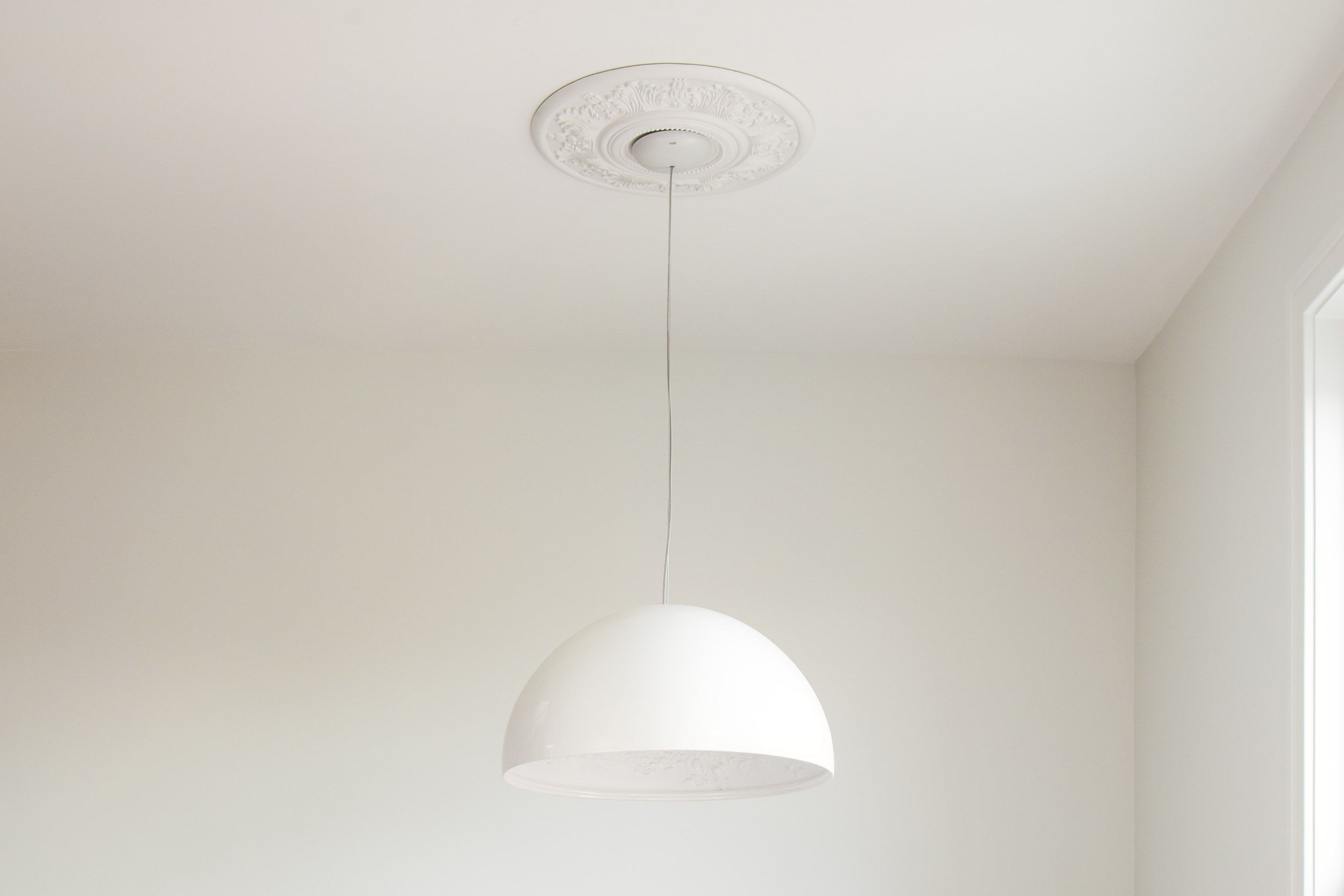
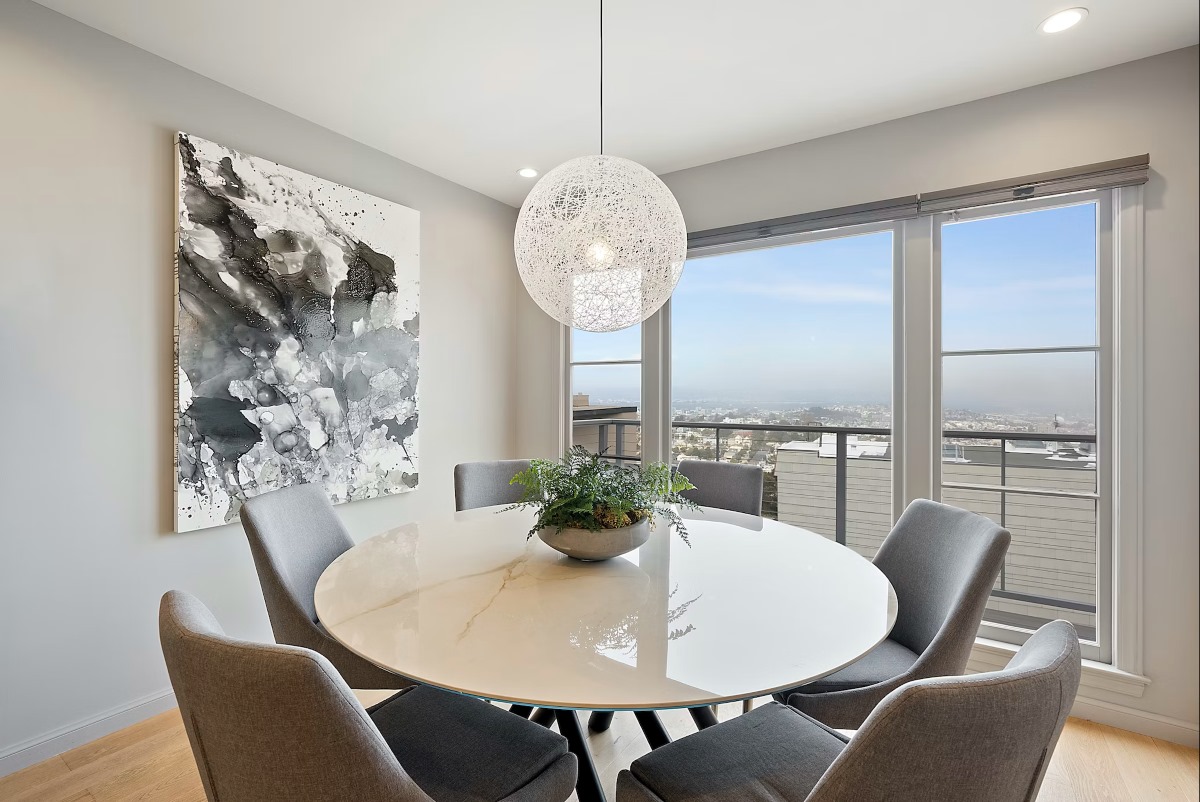
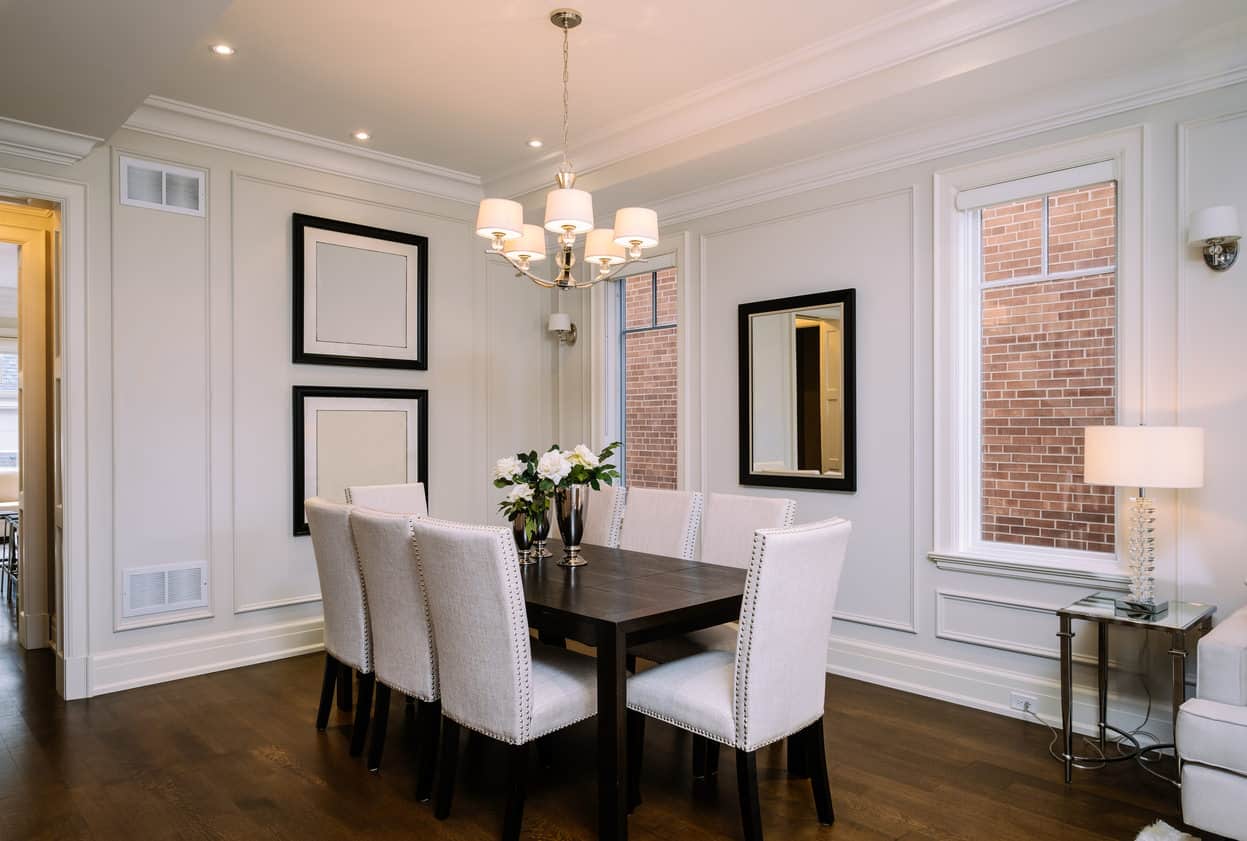

0 thoughts on “What Size Chandelier For A Dining Room”